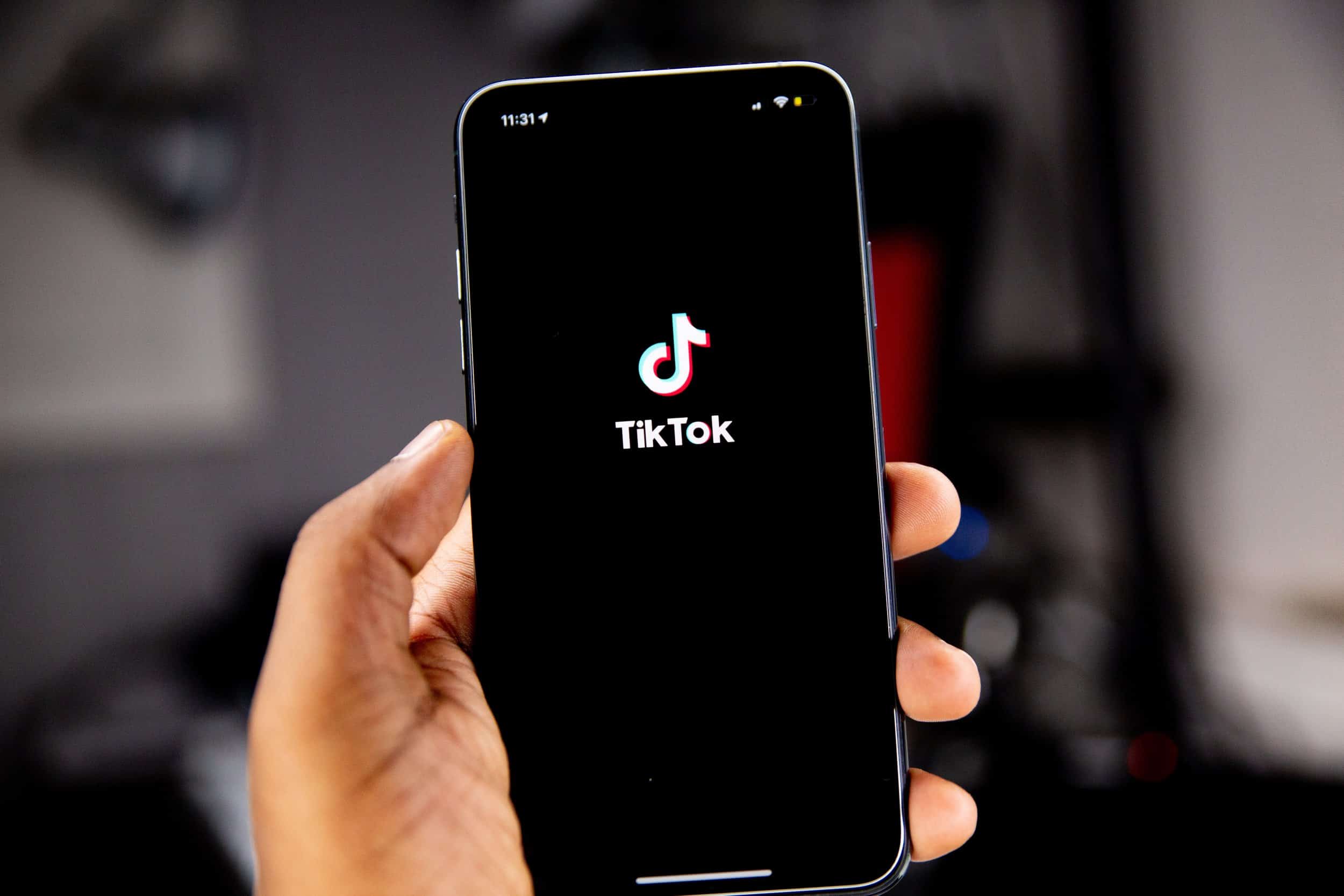Data to the rescue: How Google Trends can help your business stay relevant

It should be no surprise that COVID-related terms are currently the most popular searches on Google. The coronavirus pandemic has upended almost every aspect of our lives, and we’re still waiting for answers on many questions about the disease and what comes next. So it makes sense that one of the best ways for businesses to stay agile is by tapping into consumer trends and understanding how people search for information during a crisis.
Google Trends can be an invaluable tool for any business and marketer to uncover opportunities, helping us understand and predict consumer behavior now and post-pandemic. Originally designed for journalists, the free tool measures what people are searching and gives marketers deeper insights that only related searches can reveal. Google Trends also uses real-time data to help users gauge consumer search behaviors over time.
Recently Google has created a dedicated Coronavirus Search Trends page to help track how the effects of the pandemic are searched across the globe at any moment. The hub offers realtime data on how people are responding to updates from the media, which can influence how people are finding your business and how your messaging should be adjusted to reach people that matter to you.

This hub can give you insights about audiences in your area, your online target market, how they are absorbing information and how their habits can affect your business. Across the board, search for coronavirus-related terms is spiking in early mornings when people are paying attention to the news. We are also seeing an interesting spike late at night, with search volume increasing by about 15% after midnight.
Here are just a few examples of interesting search trends and their evolution thus far:
Google Search Trends During COVID-19
Searches related to “salons” and “haircutting” peaked in late March as the stay-at-home orders were setting in, and then swiftly dropped by 83% by mid-April. As announcements of states opening back up started to rise in late April, these searches started to rise once again as consumers wanted to know when salons would reopen.

As consumers have been settling into their new normal, spending the majority of time at home, leisurewear is having its best moment in years. Since mid-March searches for “sweatpants” have seen an increase of 65%.

No surprise, searches for Zoom software have spiked, but consumers are also interested in knowing “how to look good on Zoom.” The search query increased from 0 to 100 after March 14.
Searches for how to “make hand sanitizer have grown” by 4,950% worldwide. Meanwhile, there has been a 600% increase in searches for “can you get coronavirus twice.” Searches for “grocery delivery service near me” have gone up 200% globally. Puzzles are making a comeback, and searches for the game have increase 416% in the US.

Searches for how to “make hand sanitizer have grown” by 4,950% worldwide. Meanwhile, there has been a 600% increase in searches for “can you get coronavirus twice.” Searches for “grocery delivery service near me” have gone up 200% globally. Puzzles are making a comeback, and searches for the game have increase 416% in the US.

Search interest “how to bake bread” took off in early March, increasing by over 600% by mid-April.
Small business loans are seeing more search demand than ever before, with an increase of 2111%.
Gyms and studios have closed, so people are trying to find ways to get those workouts in while at home. Searches for “home workout videos” and “stretching at home” have on average increased by over 400% since early March. Many instructors and gyms have quickly taken action to take advantage of these trends by offering free and subscription workout videos and livestreams to stay connected with their consumers.

As school’s closed and events were canceled, prom-related searches took a nosedive, falling by over 550% by the end of March. On the other hand, school closings had the opposite effect on “homeschooling,” which increased by 450%.

Adjust your search campaigns
There are many ways brands and businesses can react to these changing trends, but what is most clear across the board is that people are looking for ways to regain control and establish normalcy in their lives. Brands that can help break the monotony, create routines, and celebrate national and international events to keep consumers engaged and grow audiences.
For search advertisers, it’s important to review your search campaigns in weekly, daily, and hourly segments to see how the performance has changed since pre-COVID-19. Also, be sure to review recent search terms for any irrelevant terms that should be added to your negative keyword list. For example, if you are a restaurant that is offering takeout and delivery, you may want to consider adding “unemployment” to your negative keyword list so that your ad does not appear in the results for someone trying to research unemployment benefits for displaced restaurant employees. Adjust your campaign accordingly and consider changing dayparting strategies to ensure your budget is working efficiently.
How to get the most out of Google Trends
Tip 1: Use filters
Google recently updated the site to allow you to explore trends across Google Search, Image Search, News Search, Google Shopping, and YouTube Search. For example, if you are considering creating video content, you may want to only see how specific content is trending on YouTube, or if your video is about a specific product, you may also consider comparing how that product is trending on YouTube and the possible effects in Google Shopping.
Tip 2: Examine trends in context
Compare search terms and topics across languages, locations, and time. This is especially important if your target consumers are diverse. Seeing how search trends differ by language can help to inform whether you should put more dollars towards targeting specific language segments. The time that people search has shifted significantly since stay at home orders have been in place, and you may want to see how your search terms are performing in the afternoon vs. late at night.
Tip 3: Keep an eye on related searches
When you search for a term in Google Trends, you can also explore the top searches, rising searches, and searches related to your term.
Tip 4: Export your findings
Share with colleagues and investors. Google Trends now provides options to export, embed, and cite the data at the top-right menu bar of every trend page. Export charts and data to use in presentations or research documents. Copy a link to your results to quickly share data with colleagues. Use the embed tool to share a living chart on your blog or article.
Tip 5: Be proactive
Subscribe to a Google Trends alert to get email updates on topics and searches in your region. This is a great tool to stay informed on a variety of search terms that are relevant to you, and it offers the ability to act quickly when there is a major change in trends.
Tip 6: Educate yourself
Review Google Trends FAQ page to better understand how data is pulled and how it should be interpreted. For even more info, complete the free online Google Trends Lessons to find how to get the most out of the tool to improve your business and stay ahead of the curve
Staying ahead of consumers trends can seem like a daunting task, especially in times of global uncertainty, but it doesn’t have to be. Google Trends eliminates the guessing game by supplying all of the consumer data you could imagine right at your fingertips, giving you more time to focus on doing what’s right for your brand.
More Blog Posts

In the digital era, one symbol has risen to become a ubiquitous thread connecting social media platforms, marketing campaigns, and...

Despite the recent introduction of legislation to ban the use of TikTok in the US, when it comes to social...

One thing that always comes up in a CKP meeting: food. Do we have a shared recipe doc for swapping...

When you hire a graphic designer to build social media assets or engage an agency to rework your branding, it...

